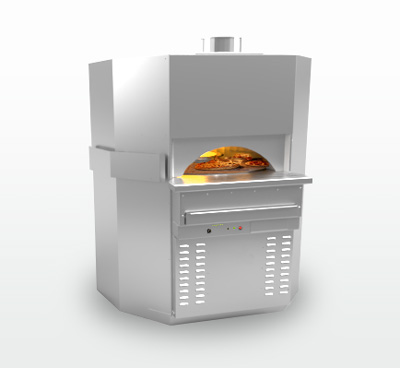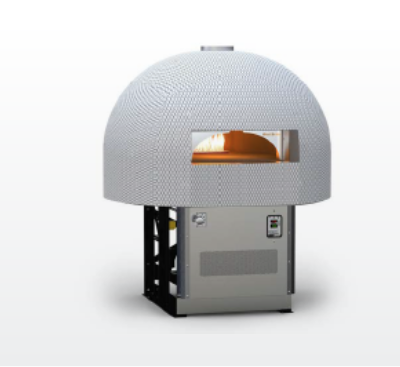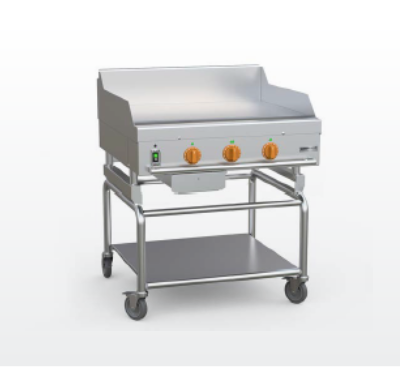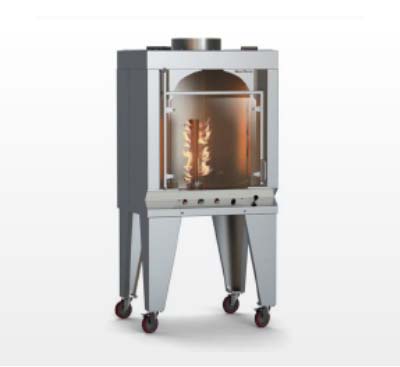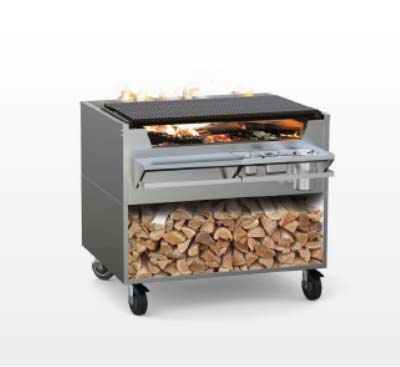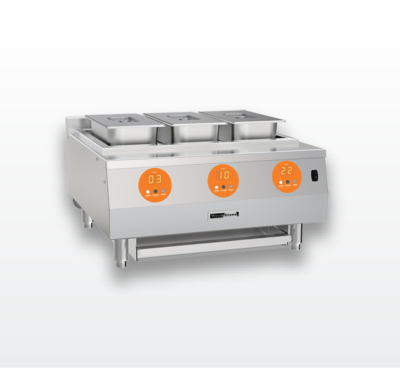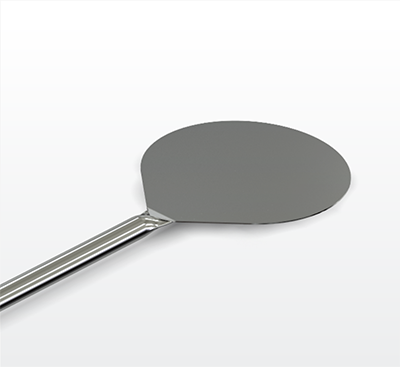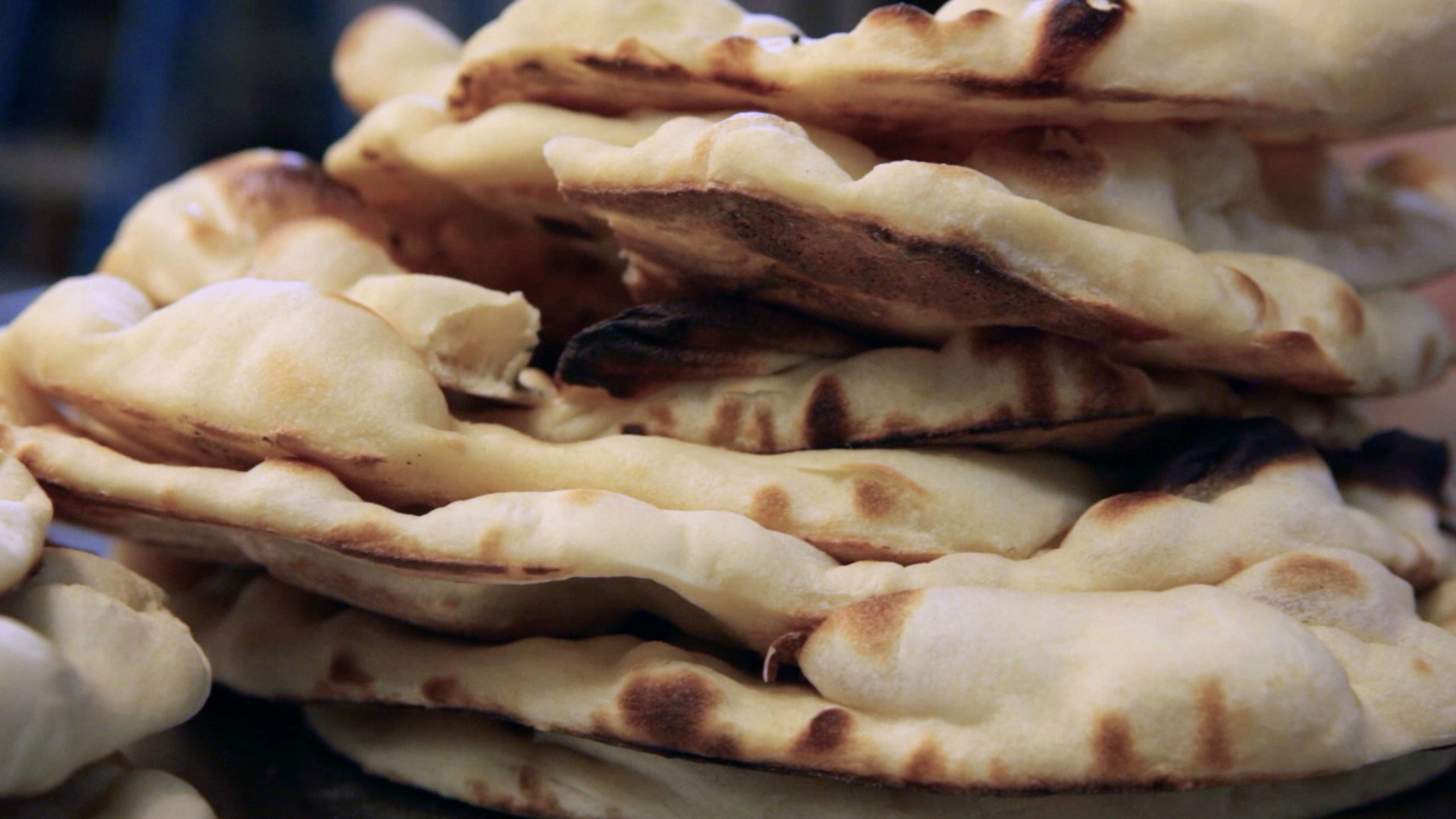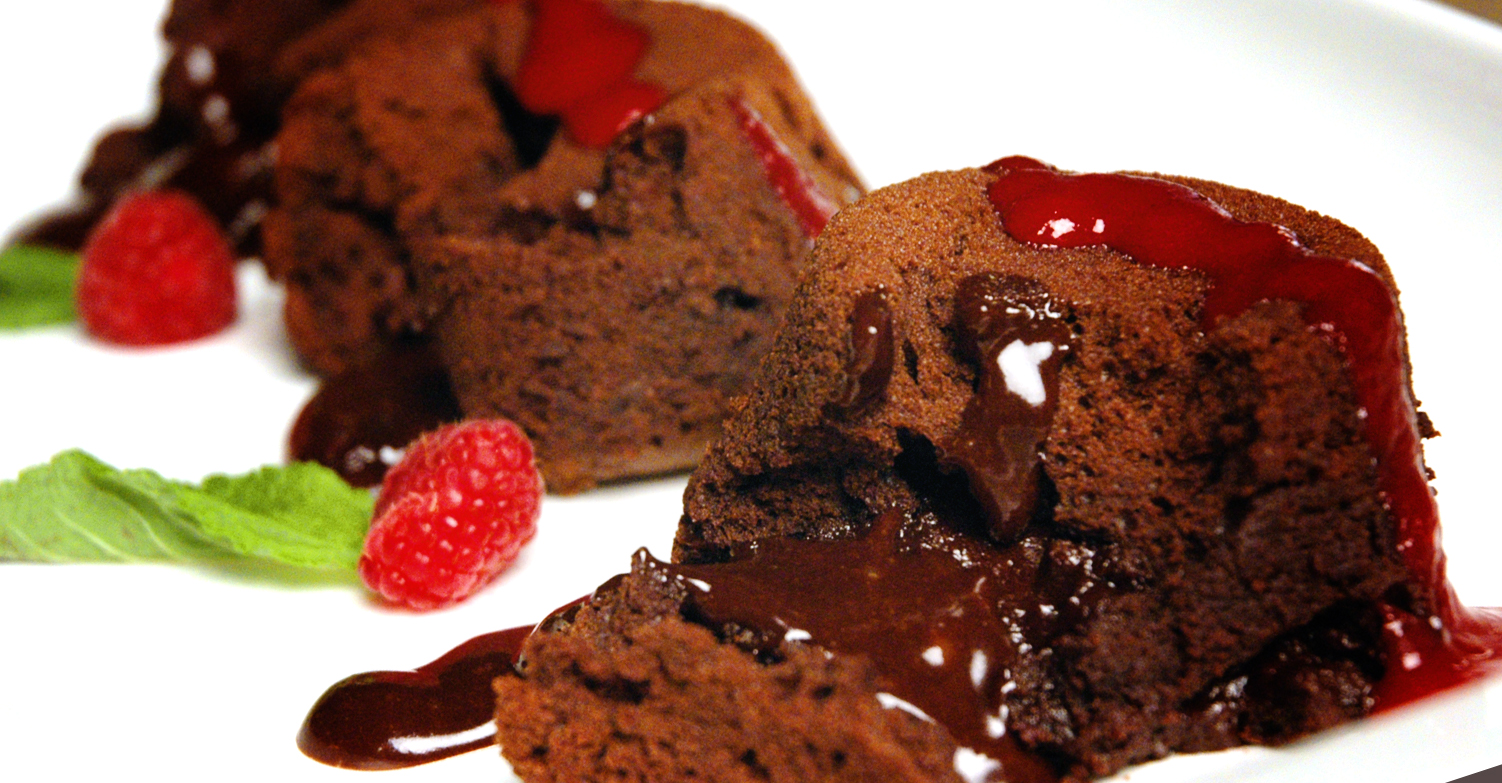Roasting Vegetables in a Wood Stone Oven
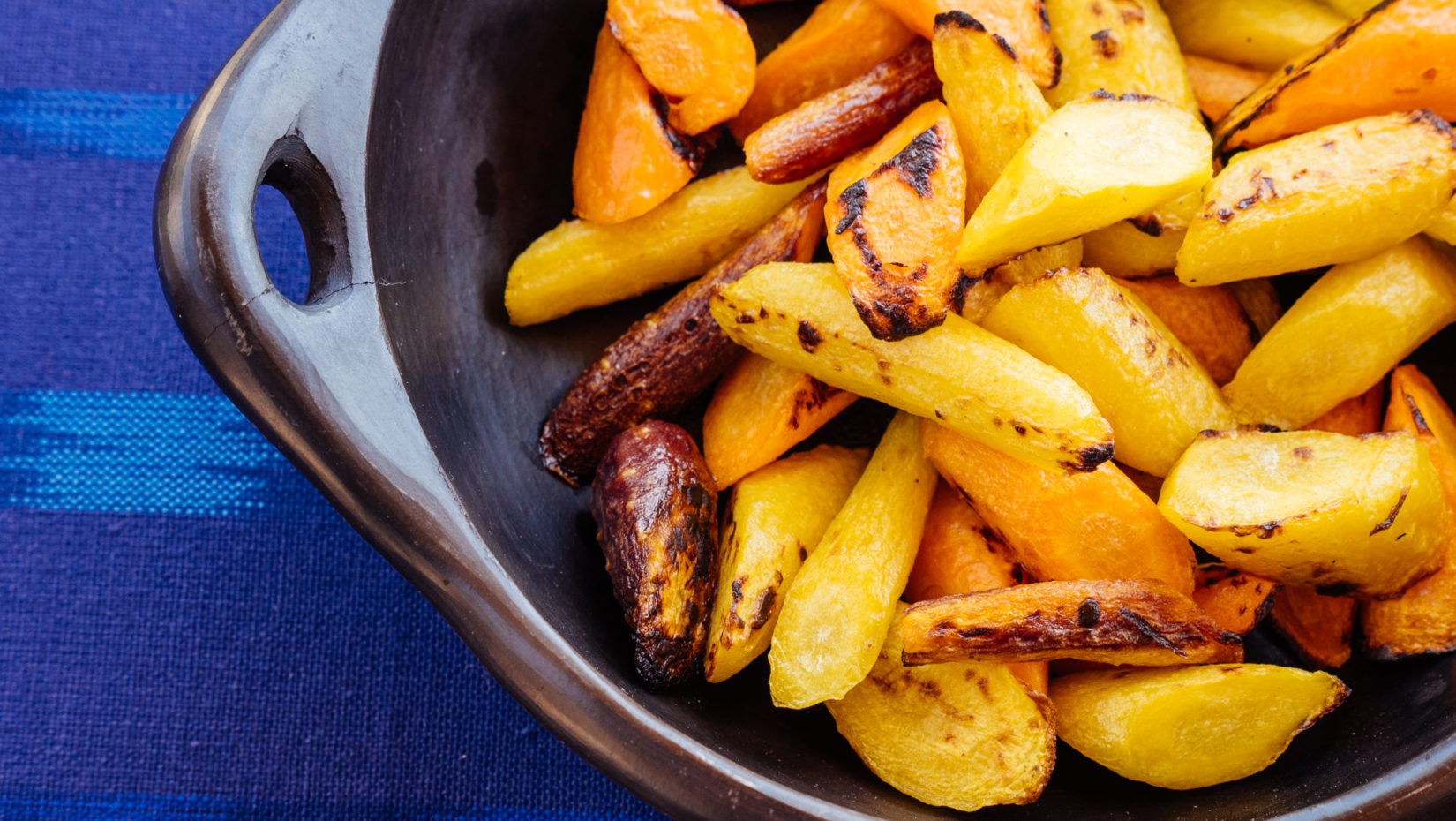
Roasting Vegetables in a Wood Stone Oven
The roasting of vegetables enhances both their flavor and their texture; it is an easy way to take them from Ordinary to Extraordinary. The high temperature, and intense radiant heat created in a Wood Stone oven, allows the chef to caramelize the sugars in vegetables without drying them out, or overcooking them. Quickly roasted vegetables retain their moisture, preserving a fresh flavor and texture, while still getting the added flavor benefit of caramelization.
Potatoes, Yams, Beets, Turnips etc…
If these items are cut into smaller portions before roasting, it is helpful to place the pieces “skin down” on a sheet pan and place them in the oven for a couple of minutes before tossing them in oil and seasonings. This brief prebake allows the flesh to dry enough to absorb the oil (rather than repel it). After oiling and seasoning, it is again helpful to make sure that the pieces are “skin down” on the sheet pan for the beginning of the roast. Once the flesh has roasted a bit, it is less likely to stick to the sheet pan when the vegetables are tossed during the roasting process.
Broccoli, Cauliflower, Cabbage and Brussels Sprouts
These wonderfully healthy vegetables should be tossed in a bit of olive oil and roasted hot and fast. Roasting them this way will preserve their crunchy texture. Starting with a hot cast-iron pan enhances the roasting of these cruciferous treats. Aside from the oil, it is best to season these items after they are roasted.
Mushrooms
Although these are not technically vegetables, we include them because they are generally treated as such. Mushrooms contain A LOT of water; if you roast too many on the same pan, you will end up with a pan full of water; this can make the mushrooms tough/rubbery. Tossing them in oil and roasting only a moderate amount of mushrooms at one time (with frequent tossing/stirring) will give the best results.
Onions, Garlic, Shallots
It is OK to take it slow with these heat-sensitive vegetables. Using a roasting vessel with high walls is one way to prevent burning the tips and other exposed surfaces of these culinary all-stars.
Seeds and Nuts
No need to add oil when roasting seeds, spices and nuts; they begin to release their own oils the minute they go in the oven. The chef must be ever vigilant, and stir/toss often. It is also important to remove these from the pan as soon as they reach the desired color, or they will continue to cook, and all of your vigilance will be for naught.

